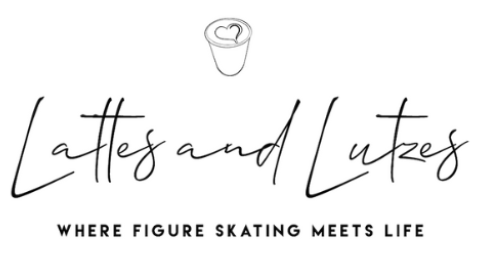
Feedback is often said to be a gift, and that’s especially true in figure skating. I had the privilege of sitting down with U.S. Figure Skating Judge Chia Ying Lee to discuss how skaters can effectively ask for and receive judging critiques. Here’s what she shared.
What is a Judge’s Critique?
A judge’s critique offers skaters detailed feedback on their performance. As Chia explains, “It’s an opportunity to hear directly from a judge or technical specialist about what went well and where there’s room for improvement. This includes scores for components like GOEs (Grade of Execution) and PCS (Program Component Scores), and, more importantly, why those scores were given.”
For example, if a skater performs a powerful double flip jump that earns a +1 GOE for the good height and length, but it’s downgraded for an under rotation (requiring a -3 deduction), the final score might land at -2.
Why Would a Skater Request a Critique?
Critiques give skaters personalized insights that aren’t always available during competition. “It’s a chance to learn about the specifics of your skating,” Chia notes, “like which elements you’re excelling at and which areas need refinement. This kind of individualized feedback can really elevate your performance.”

How to Prepare for a Critique
Chia’s top advice: “Come with an open mind.”
Judges evaluate based on ISU standards, which may differ from what a skater or coach prioritizes in training. “Be ready to hear new perspectives,” she adds.
She also emphasizes that critiques are based on what is performed during the session. “Even if you usually land clean flip jumps, if it doesn’t happen during the critique, we can only evaluate what we see.”
Tips for Making the Most of a Critique
- Prepare Specific Questions: If you’re seeking clarity on certain elements, don’t hesitate to ask. “Knowing what specifics you want feedback on helps direct the conversation and ensures you get the most value,” Chia advises.
- Presentation Matters: While costumes aren’t mandatory, presenting a clean, polished appearance helps judges clearly see your movements. The costume itself isn’t part of the judging criteria, however it can help some judges recall skaters’ programs better when they associate the performance with the costume (for example ‘that girl with the yellow dress had a great flip jump’).
How is Feedback Delivered?
Feedback is typically shared one-on-one, unless the skater is very young in which case the coach is often present.
Next Steps After a Critique
To get the most out of your critique:
- Digest the Feedback: Remember, critiques are meant to help you grow, not define your worth as a skater.
- Review with Your Coach: Discuss specific points, such as improving jump landings or enhancing edge work. (More on that here.)
- Create an Action Plan: Use the critique to shape your training and focus on areas for improvement.
How to Request a Critique
You can arrange a critique through:
- Competitions: Some events offer critiques; check with the chief referee beforehand.
- Local Skating Clubs: Many clubs can connect skaters with judges or tech specialists.
Whether you’re a seasoned competitive skater or just starting out, critiques are an invaluable tool for refining your skills and deepening your understanding of the sport. As Chia puts it, “Officials want to see skaters succeed. We’re here to help you grow.”

0 Comments